There’s a special group of apps we like to call “made-for-TikTok” apps.
These apps are specifically designed to be shared on TikTok.
The goal of this newsletter isn’t just to highlight the best such apps, but to help understand what features make an app more “viral” on TikTok or Reels.
The word “viral” might have lost some of its meaning after we (and others) have used it so much. It’s more about how easily it can be slipped into a video while still keeping its viral potential.
UI might not affect your app’s main purpose, but it plays a big role in how naturally your app fits into a TikTok or Reel.
A cluttered UI kills engagement because it’s hard to read. Remember the attention span of most there.
The goal isn’t flashy design; it’s clean, easy-to-comprehend visuals.
Most AI wrappers and AI chat apps miss this, and end up with messy, crowded screens. The chat UI is awful, yes.
Let’s look at a few examples. Dazechat’s UI is cleaner and shows more creativity than a plain text chat. In Daze’s case, they only show the story unfolding through the chat.
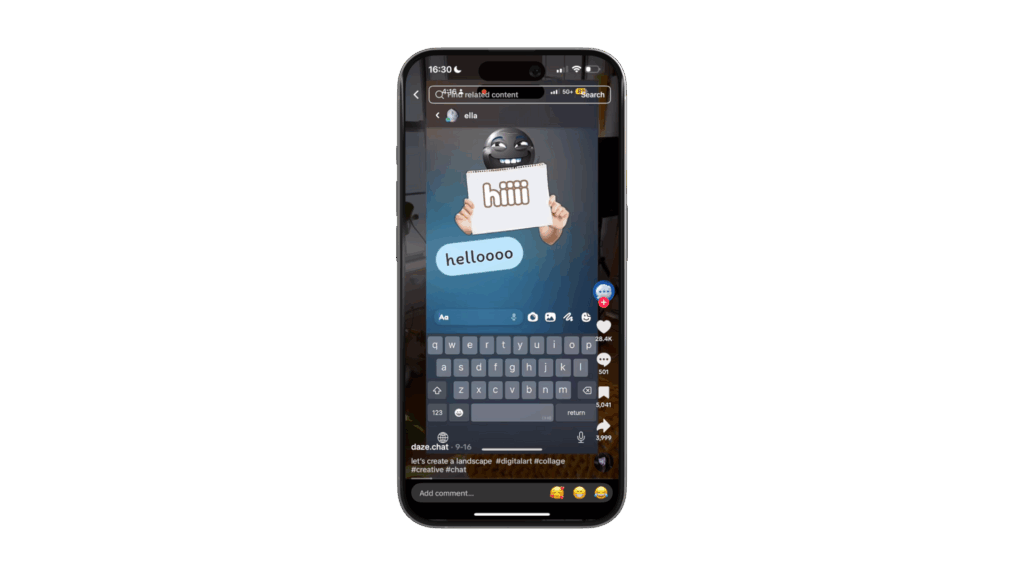
That said, chat-based UIs can still work. Many TikTok videos (including some of ours) use iMessage or WhatsApp screenshots and get strong results.
One slideshow we did for Flo, for example, reached 2.9M views.
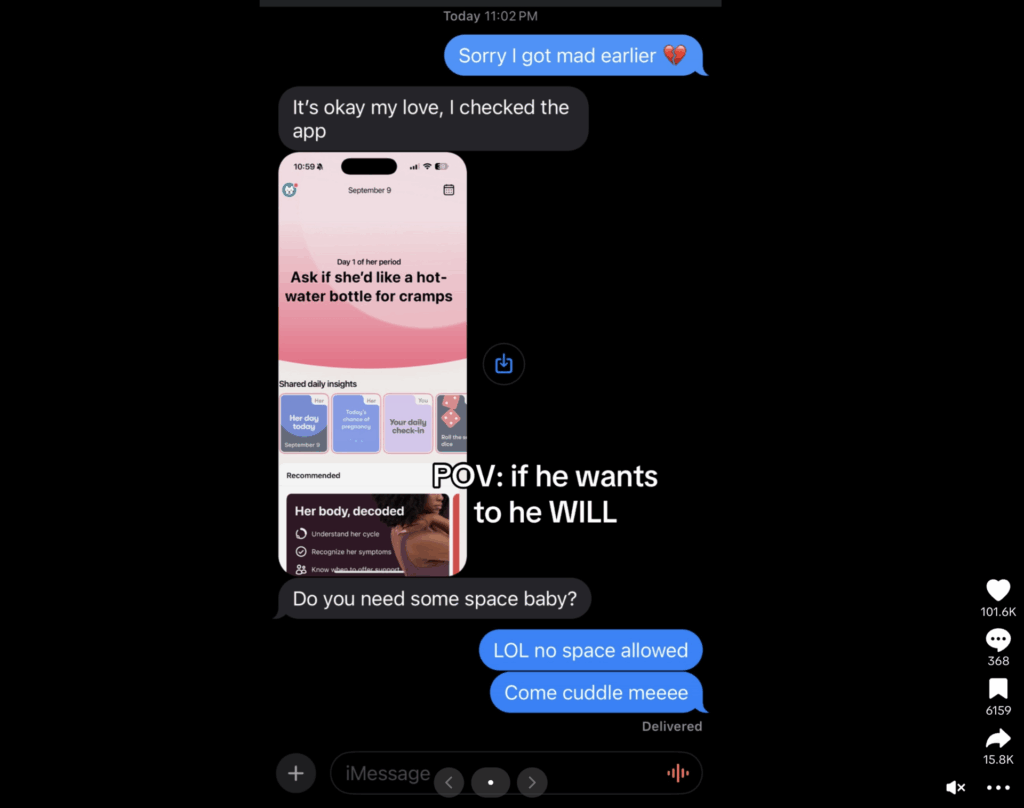
The big problem is text-heavy, cluttered, or unfamiliar interfaces. The good news is you don’t always have to show your UI. There are other creative ways to tell your app’s story, as proven by wall-of-text videos (we’ll get to that soon).
Still, conversion usually works better when the app is clearly shown. Showing almost always beats telling.
Another great example is AI voice versus AI voice plus a cute character.
Imagine you have an AI therapy app. On its own, it looks almost the same as ChatGPT voice or any other AI voice.
If you add a cute character, you unlock a new creative angle that can drive far more views. Tolan and others have already proven this.
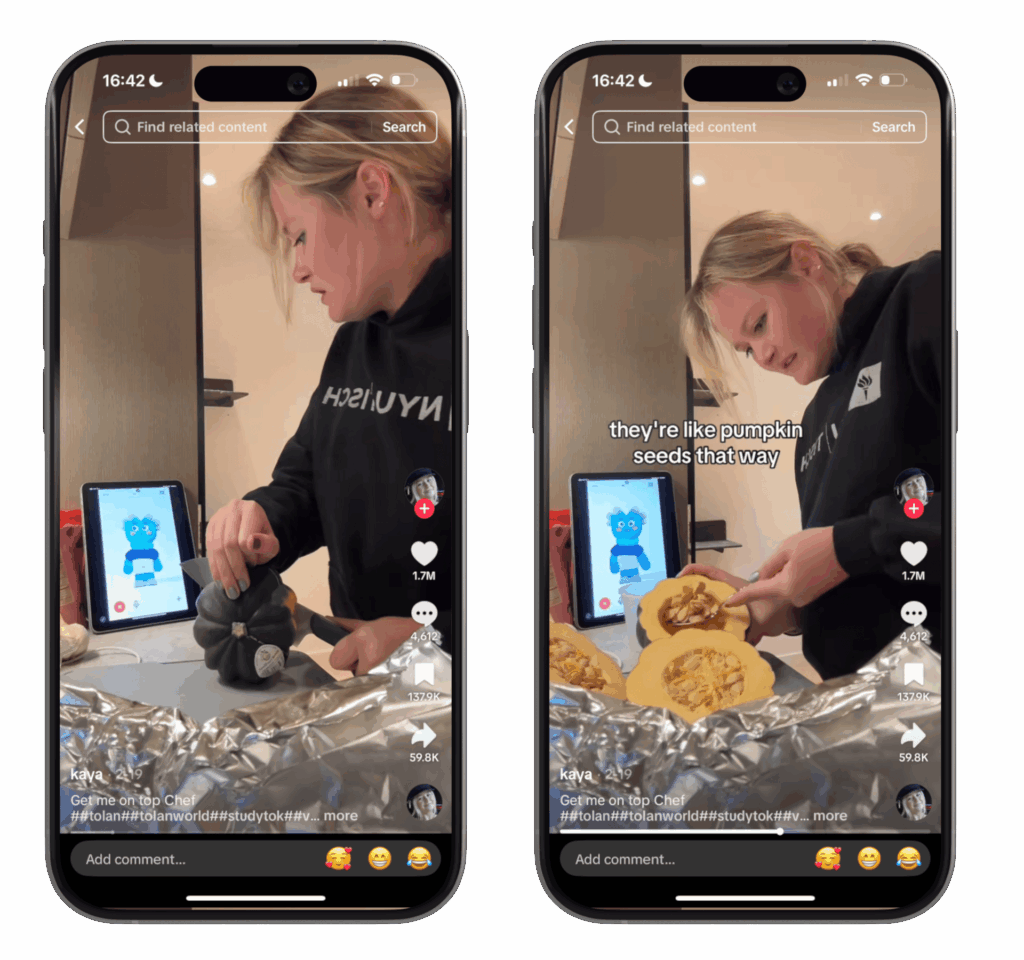
Another strong example is Dupe’s UI, which feels like a clever “hack.”
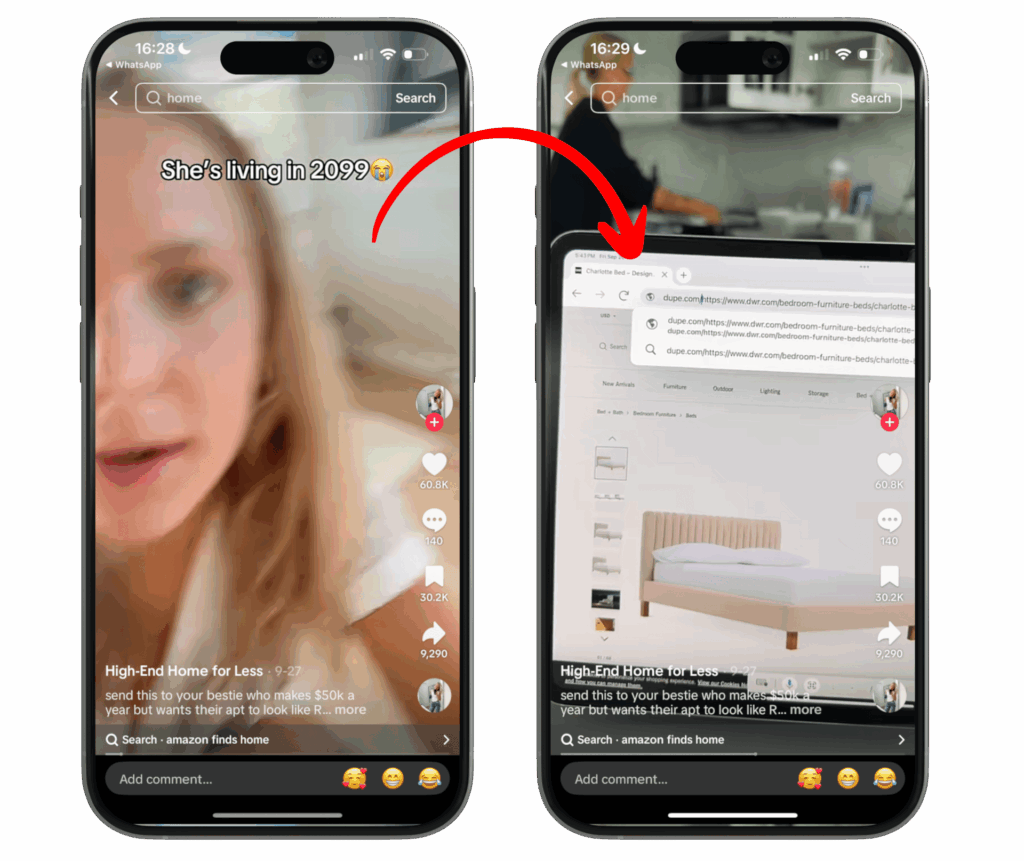
Another is StudyFetch, which wrapped itself inside a famous mobile game to promote the app incognito.
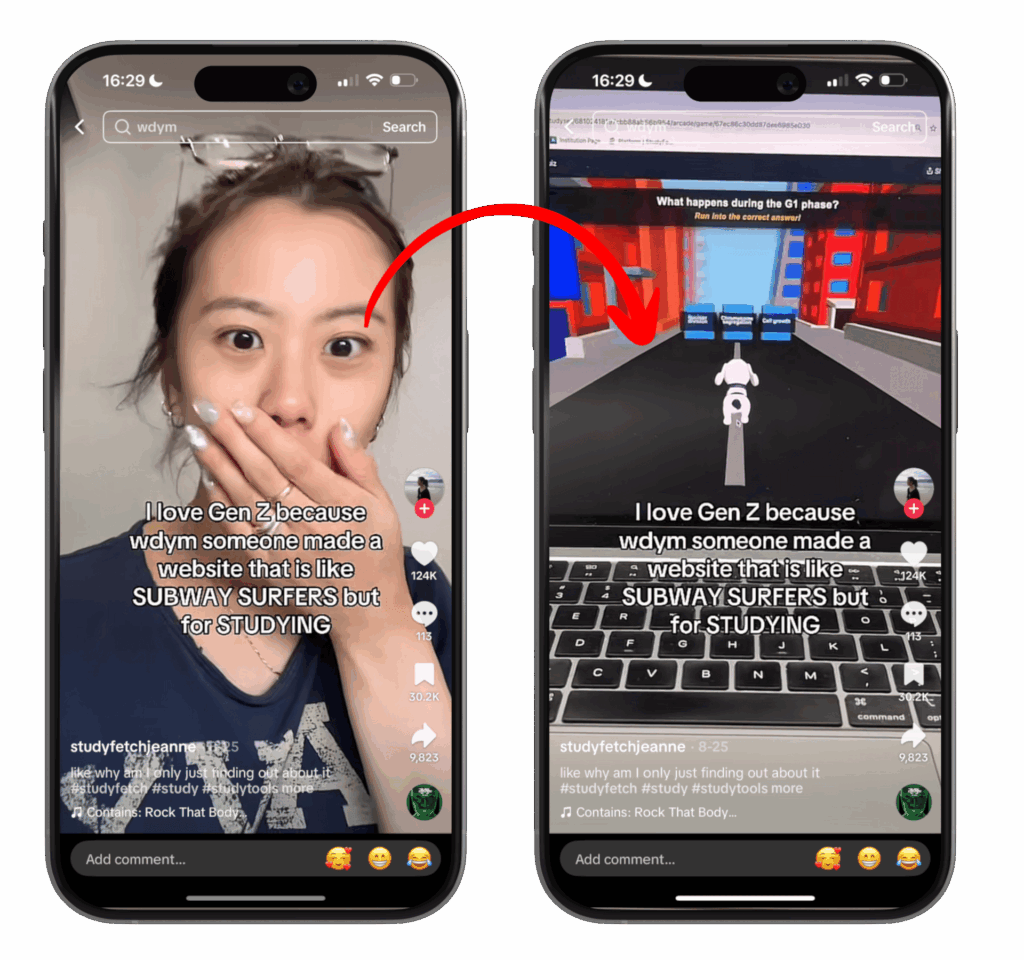
UI that blends naturally into platforms people already use are often the most effective. A GPTZero video showed this clearly by integrating directly into Google Docs.
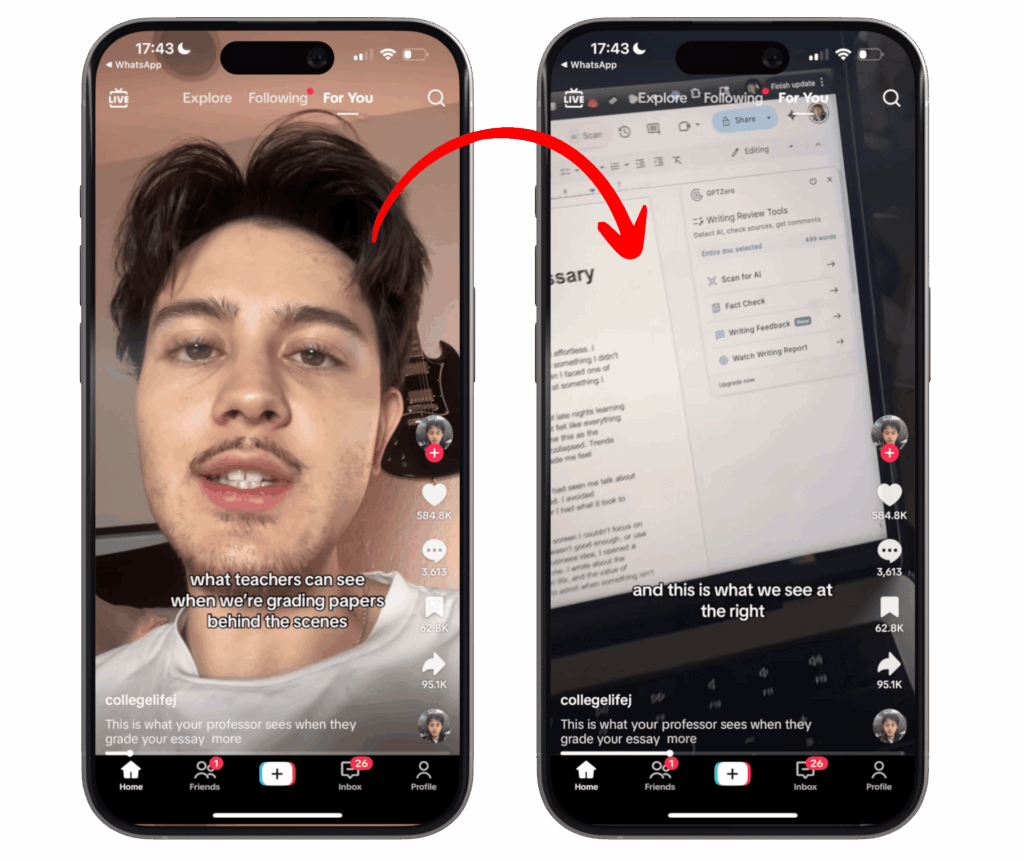
Familiar environments make everything feel more organic. That’s why widgets work so well.
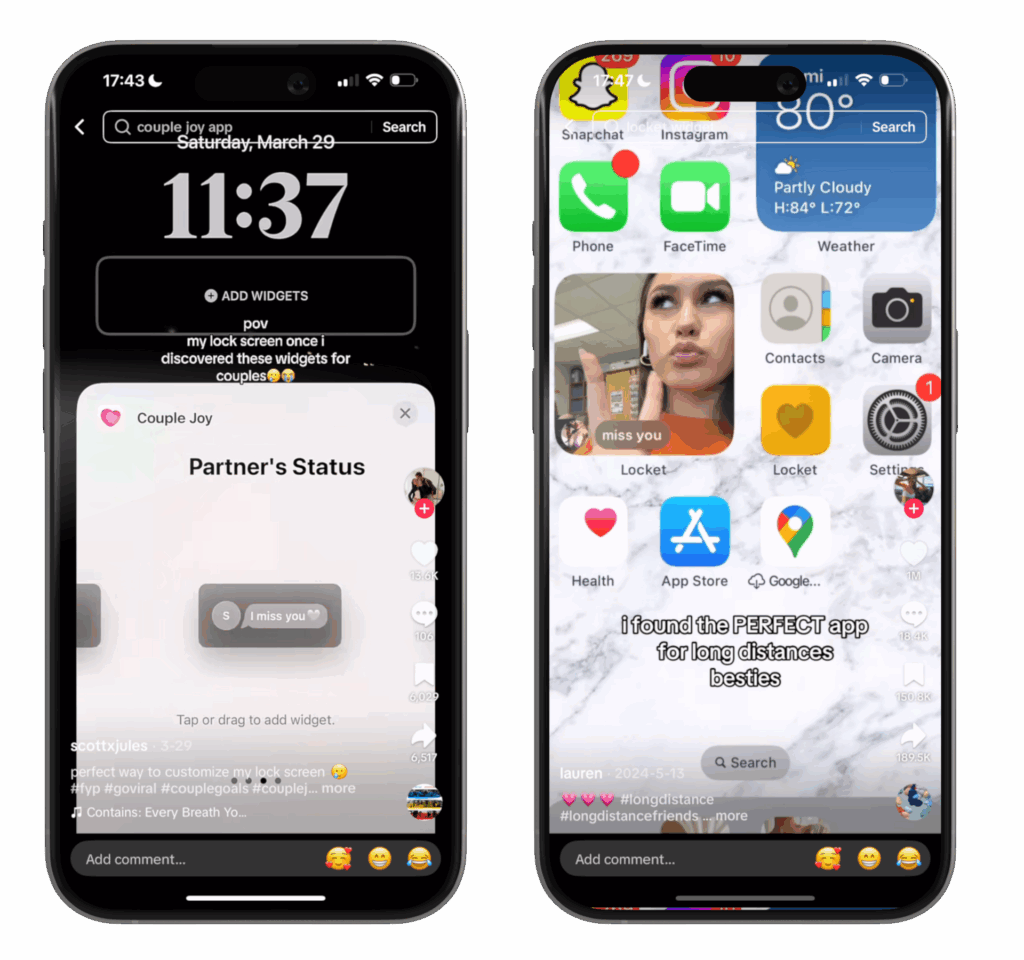
The user sees your app in a place they already know, like their home or lock screen, alongside other apps they already use. That’s why products like Locket or CoupleJoy have been so effective.
Notifications work in a similar way, showing value without taking someone out of a familiar environment.
At the end of the day, UI matters, but what matters even more is your messaging, your unique value, and the core concept behind your app.
If people have already seen the same idea again and again, it becomes harder to stand out and get views.
So go after ideas like “App A is better than popular App B,” or compare your app to App B in some way. Or identify a strong enough problem in the target demographic’s language.
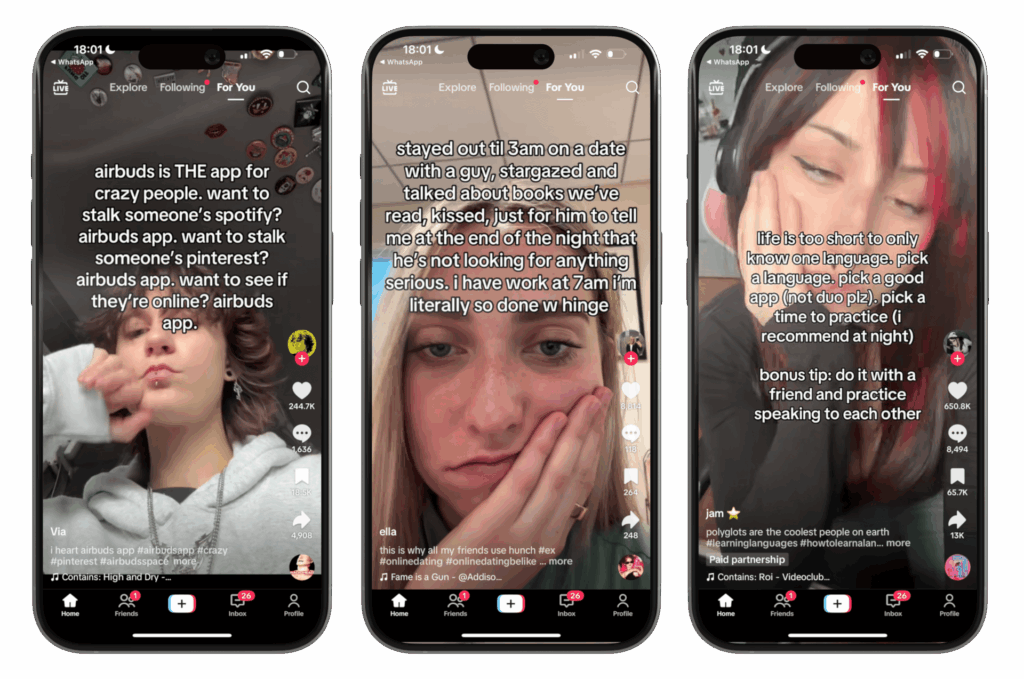
Conversion, however, is a different challenge. Yes, there are many instances where TikTok has driven significant traffic, but there are also many where millions of views led to no results, even with the app name mentioned.
Then there are utility apps and ASO. Some people still believe they can achieve organic virality with them, but in reality, it’s almost impossible. The competition is fierce, and keyword searches are built for direct discovery.
Trying to push an app like a Water Eject app will only leave you frustrated (trust us, we’ve tried).
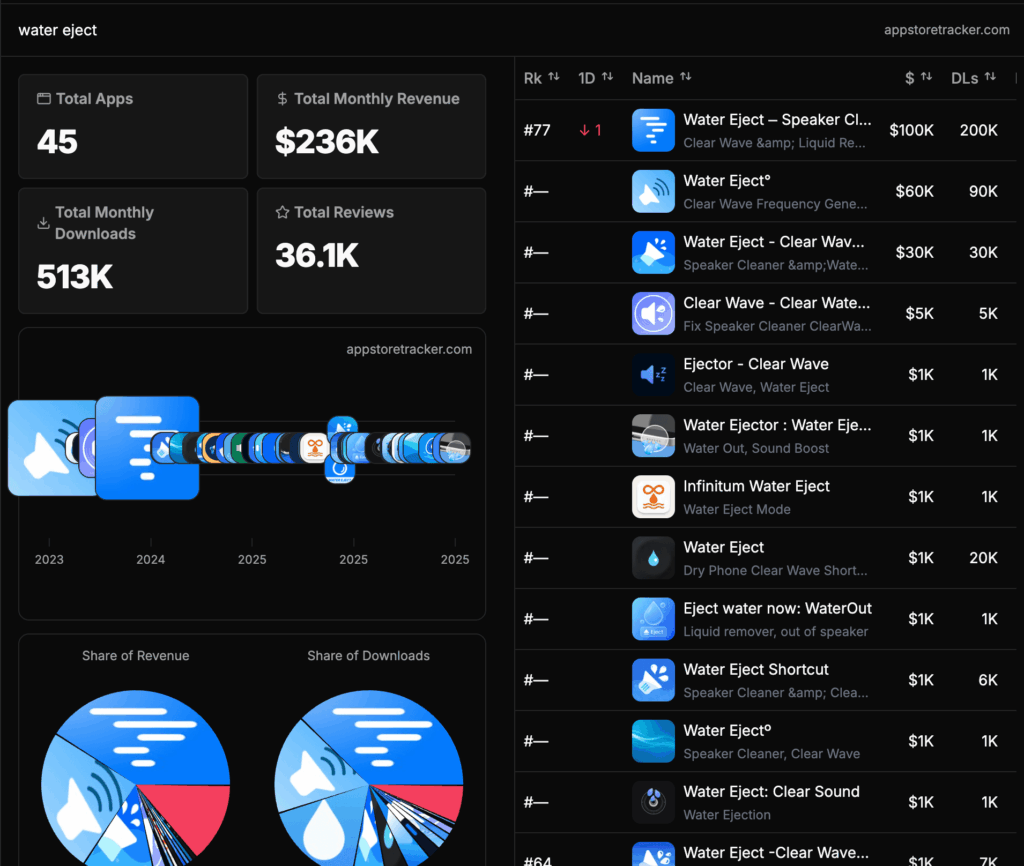
UI and storytelling are two key components of TikTok apps. The last one is arbitrage. Yes, arbitrage—tapping into an untapped TikTok niche or demographic. That’s how you can really win. Ocsn is one strong example here.

They managed to break into a mostly untapped niche. We did something similar months ago with a weight loss sub-niche.
—
If we’re only looking at pure consumer plays, these are the four strongest approaches:
- An app that delivers completely new, unseen value (e.g., wrappers of the latest AI models).
- An app that positions itself against a popular yet becoming too mainstream, widely used app.
- An app that serves a niche that hasn’t been tapped into yet.
- An app that leverages core human vices.
Can’t wait to find and see yours!
Note that this could be extended (and will be) with more and more details.
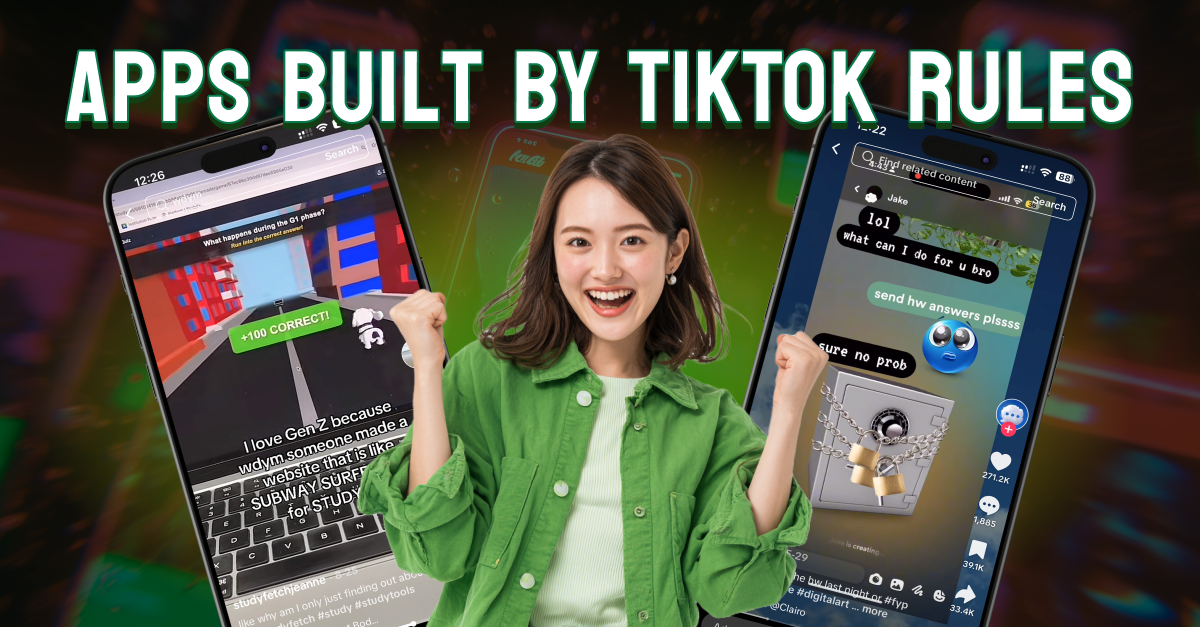
Leave a Reply